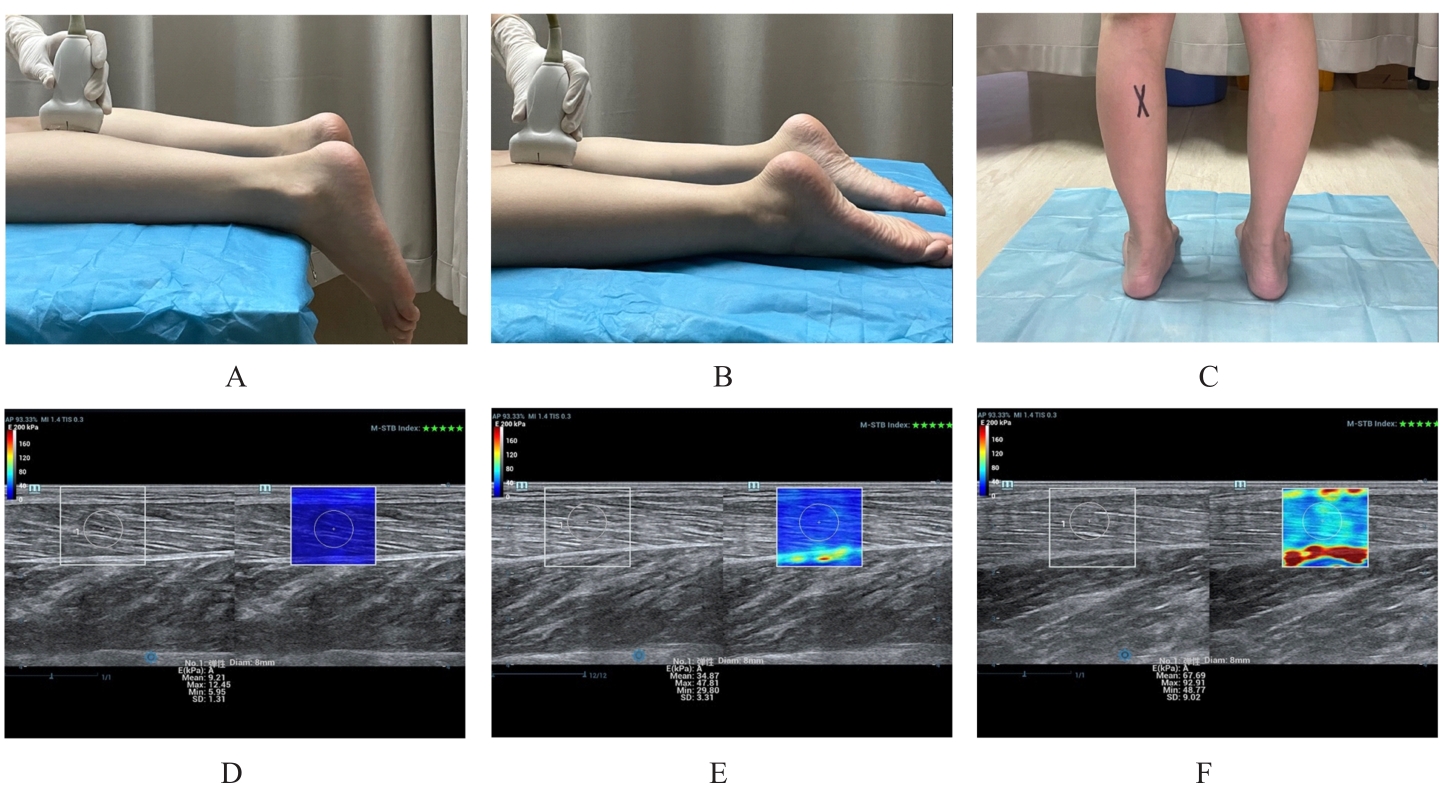| 1 |
MONACO C M F, PERRY C G R, HAWKE T J. Diabetic Myopathy: current molecular understanding of this novel neuromuscular disorder[J]. Curr Opin Neurol, 2017, 30(5): 545-552.
|
| 2 |
PICHIECCHIO A, ALESSANDRINO F, BORTOLOTTO C, et al. Muscle ultrasound elastography and MRI in preschool children with Duchenne muscular dystrophy[J]. Neuromuscul Disord, 2018, 28(6): 476-483.
|
| 3 |
穆晶晶, 徐莉力, 张巧莹, 等. 剪切波弹性成像技术在骨骼肌及周围神经系统的应用研究进展[J]. 中华医学超声杂志(电子版), 2018, 15(7): 494-496.
|
| 4 |
陆菊明.《中国2型糖尿病防治指南(2020年版)》读后感[J]. 中华糖尿病杂志, 2021, 13(4): 301-304.
|
| 5 |
ASTRID P, DIRK M W, MÜLLER ULRICH A, et al. Definition, classification and diagnosis of diabetes mellitus[J].Exp Clin Endocrinol Diabetes,2019,127(S1):S1-S7.
|
| 6 |
熊 燕, 林 瑗. 糖尿病并发症的研究进展[J]. 中国医师杂志, 2017, 19(10): 1441-1449.
|
| 7 |
戴 媛, 吴文君. T2DM骨骼肌病变的研究进展[J]. 国际内分泌代谢杂志, 2021, 41(4): 352-355.
|
| 8 |
HIRATA Y, NOMURA K, SENGA Y, et al. Hyperglycemia induces skeletal muscle atrophy via a WWP1/KLF15 axis[J]. JCI Insight,2019,4(4):e124952.
|
| 9 |
FARUP J, JUST J, PAOLI F D, et al. Human skeletal muscle CD90+ fibro-adipogenic progenitors are associated with muscle degeneration in type 2 diabetic patients[J]. Cell Metab, 2021, 33(11): 2201-2214.
|
| 10 |
SALIU T P, KUMRUNGSEE T, MIYATA K, et al. Comparative study on molecular mechanism of diabetic myopathy in two different types of streptozotocin-induced diabetic models[J]. Life Sci, 2022, 288:120183.
|
| 11 |
IZZO A, MASSIMINO E, RICCARDI G, et al. A narrative review on sarcopenia in type 2 diabetes mellitus: prevalence and associated factors[J]. Nutriients, 2021, 13(1):183.
|
| 12 |
XIANG J Y, ZHAO Y W, CHEN J J, et al. Expression of basic fibroblast growth factor, protein kinase C and members of the apoptotic pathway in skeletal muscle of streptozotocin-induced diabetic rats[J]. Tissue Cell, 2014, 46(1): 1-8.
|
| 13 |
BRANDENBURG J E, EBY S F, SONG P F, et al. Ultrasound elastography: the new frontier in direct measurement of muscle stiffness[J]. Arch of Phys Med and Rehabil, 2014, 95(11): 2207-2219.
|
| 14 |
刘博姬, 徐辉雄. 剪切波弹性成像在肌肉、肌腱、周围神经病变生物力学定量评估中的应用进展[J]. 肿瘤影像学, 2022, 31(1): 11-15.
|
| 15 |
EBY S F, SONG P F, CHEN S G, et al. Validation of shear wave elastography in skeletal muscle[J]. J Biomech, 2013, 46(14): 2381-2387.
|
| 16 |
WATSFORD M L, MURPGY A J, MCLACHLAN K A, et al. A prospective study of the relationship between lower body stiffness and hamstring injury in professional Australian rules footballers[J]. Am J Sports Med, 2010, 38(10): 2058-2064.
|
| 17 |
MENON R G, RAGHAVAN P, REGATTE R R. Pilot study quantifying muscle glycosaminoglycan using bi-exponential T1ρ mapping in patients with muscle stiffness after stroke[J]. Sci Rep, 2021, 11(1): 13951.
|
| 18 |
阮 坚, 潘永寿, 皮永前, 等. 剪切波弹性成像定量评价脑卒中患者小腿三头肌硬度的比较研究[J]. 医学影像学杂志, 2021, 31(10): 1769-1772.
|
| 19 |
WANG A B, PERREAULT E J, ROYSTON T J, et al. Changes in shear wave propagation within skeletal muscle during active and passive force generation[J]. J Biomech, 2019, 94: 115-122.
|
| 20 |
DUAN X H, ALLEN R H, SUN J Q. A stiffness-varying model of human gait[J]. Med Eng Phys, 1997, 19(6): 518-524.
|
| 21 |
王 梅, 李玉霞, 张田丽, 等. 运动干预糖尿病前期和糖尿病的研究进展[J]. 中国康复理论与实践, 2019, 25(11): 1272-1278.
|
| 22 |
CHIU C Y, YANG R S, SHEU M L, et al. Advanced glycation end-products induce skeletal muscle atrophy and dysfunction in diabetic mice via a RAGE-mediated, AMPK-down-regulated, Akt pathway[J]. J Pathol, 2016, 238(3): 470-482.
|
| 23 |
MORI H, KURODA A, ISHIZU M, et al. Association of accumulated advanced glycation end-products with a high prevalence of sarcopenia and dynapenia in patients with type2 diabetes[J]. J Diabetes Investig, 2019, 10(5): 1332-1340.
|
| 24 |
ALFURAIH A M, TAN A L, O'CONNOR P, et al. The effect of ageing on shear wave elastography muscle stiffness in adults[J].Aging Clin Exp Res,2019,31(12): 1755-1763.
|
 ),Xiaoxi SHA2,Zhifen HAN2,Yan ZHANG2
),Xiaoxi SHA2,Zhifen HAN2,Yan ZHANG2





